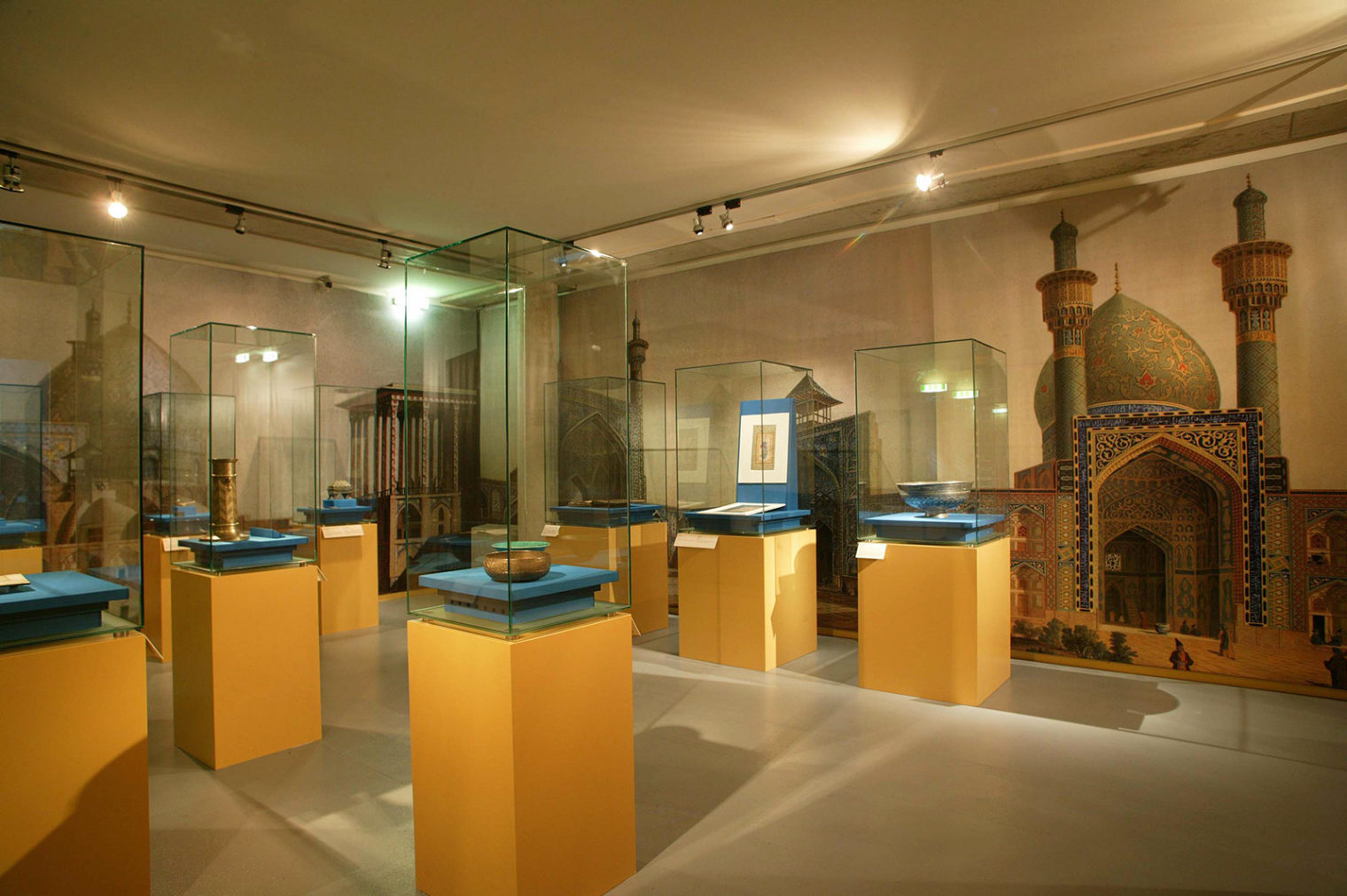2006: Die Welt des Orients/ The World of the Orient

Orient exhibition 2006; photo: Freisinger
On show from April to November 2006
Islam has fundamentally shaped the Middle East since Mohammed fled from Mecca in 622, and still holds a special interest for us today. It is one of the religious communities that has a profound influence on the world and is also of growing political significance. Islam’s great importance in world history comes as a result not just of current political discourse but also due to the important role that cultures influenced by Islam have had for almost 1400 years in large parts of Asia, Africa and southern and Southeast Europe.
Major cultural influence
The relationship between the Islamic world and Europe formed the theme of this exhibition at the Kunsthalle Leoben. In the long run, mutual cultural influences have been more significant than the armed conflicts. These exchanges included the adoption of plants, techniques and Islamic art as well as lively trade relations. The trade routes to Europe allowed the arrival not only of scientific knowledge but also plants such as sugar cane and coffee that travelled alongside luxury goods, and also products and the associated manufacturing techniques such as paper or distilled alcohol. This long common history is reflected in a multitude of words and terms in German.
Historical development lines of Islam
As well as exploring scientific developments, the exhibition also sought to map the great historical development lines of Islam. It covered the religion’s emergence in Arabia and spread from the Arabian Peninsula via Baghdad, Damascus and Cairo to North Africa and on to Spain, Sicily and Turkey.